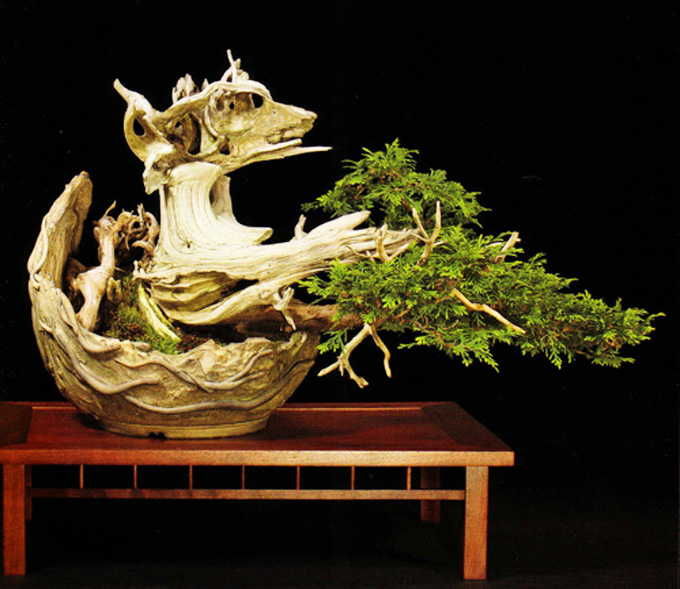 You like unconventional? Crazy? How about daring and masterful? Notice how the color and design of the pot plays with the wild shari (deadwood) and the small touch of moss on the left mirrors the foliage. Just another bonsai from left field by crafty old Nick Lenz, master left fielder, author, and preeminent master of cedars, larches and other collected North American gems. This photo is from North American Bonsai (American Bonsai Society – compiled and edited by Martin Schmalenberg), now on sale at Stone Lantern (that was then – it’s gone now).
You like unconventional? Crazy? How about daring and masterful? Notice how the color and design of the pot plays with the wild shari (deadwood) and the small touch of moss on the left mirrors the foliage. Just another bonsai from left field by crafty old Nick Lenz, master left fielder, author, and preeminent master of cedars, larches and other collected North American gems. This photo is from North American Bonsai (American Bonsai Society – compiled and edited by Martin Schmalenberg), now on sale at Stone Lantern (that was then – it’s gone now).
I’m not really on vacation all the time (it just seems that way). Still, when I travel for vacation or otherwise, I like to use our Bark archives. It frees me to do other things, like babysit or maybe walk on the beach (it’s scarily sunny and warm here in SF). In this case I’ve combined photos from three previous Bark posts, which requires more work on my part (just in case you think I’m getting lazy) and provides value added for you.
The photo above and text below are from Eccentric Bonsai #8, Nick’s Crafty Cedar, Dec, 2009.
When is a cedar not really a cedar?
The tree featured here is commonly called a Northern (or Eastern) white cedar, when in fact it’s actually a variety of Arborvitae (botanical name; Thuja occidentalis). Lots of trees that aren’t cedars are called cedars, including at least one juniper (Eastern red cedar; Juniperus virginiana), one false cypress (Atlantic white cedar; Chamaecyparis thyoides), the California Incense cedar (Calocedrus decurrens), Japanese cedar (Cryptomeria japonica) and no doubt others. What most of these share is fan shaped foliage. Interestingly, true cedars (Cedrus) don’t have fan shaped foliage. Confused? You’re not alone.
When is a cedar a really cedar?
There are a handful of true cedars (Cedrus) in the world, the best known of which are: the Deodar cedar (C. deodara) from the Himalayas, and two from the Mediterranean: the Lebanon cedar (C. libani) and the Atlas cedar (C, atlantica).
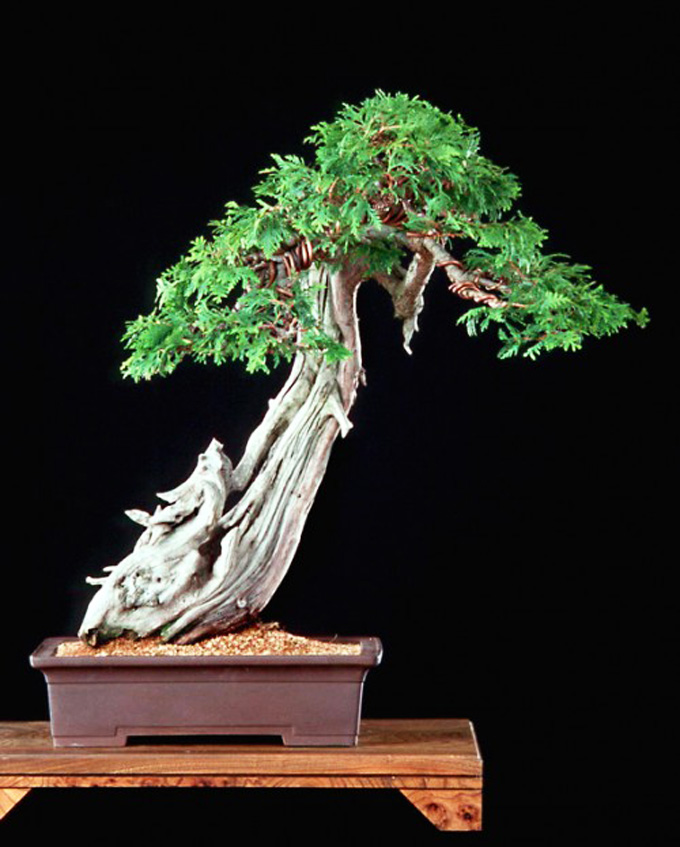 Northern white cedar (Thuja Occidentalis) by Paul Chong of the Toronto Bonsai Society. This photo originally appeared in post titled: More Cedars from Our Friends Up North (August, 2010).
Northern white cedar (Thuja Occidentalis) by Paul Chong of the Toronto Bonsai Society. This photo originally appeared in post titled: More Cedars from Our Friends Up North (August, 2010).
An earlier (less professional) photo of the tree at the top. You can find this one in Nick’s excellent book on collecting bonsai, Bonsai from the Wild (Stone Lantern Publishing).
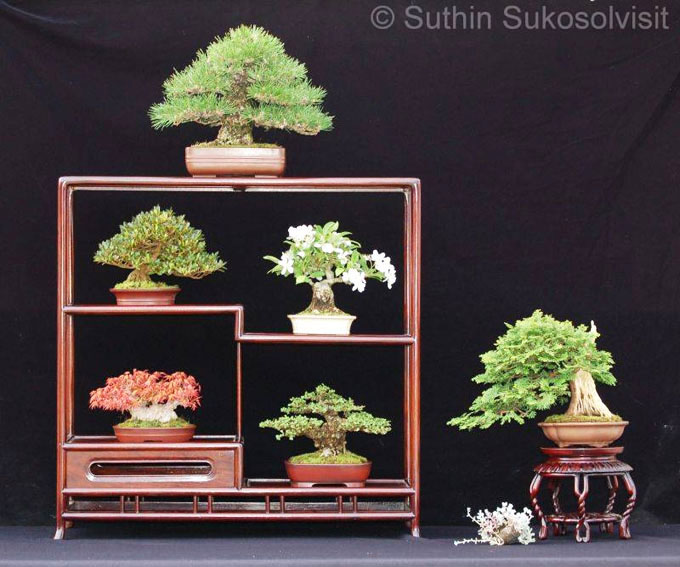 That’s a Cedar on the right. As you can see, it and the other trees in this photo are by Suthin Sukosolvisit. From a post titled Much More Than Just Shohin (Feb 2012).
That’s a Cedar on the right. As you can see, it and the other trees in this photo are by Suthin Sukosolvisit. From a post titled Much More Than Just Shohin (Feb 2012).
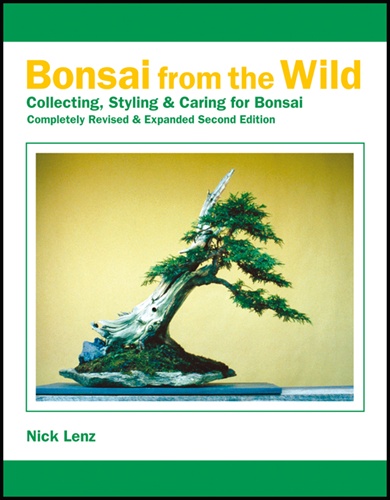 The true standard on collecting. Now deeply discounted at Stone Lantern. Actually very deeply discounted given our 20% to 25% sale off of everything.
The true standard on collecting. Now deeply discounted at Stone Lantern. Actually very deeply discounted given our 20% to 25% sale off of everything.
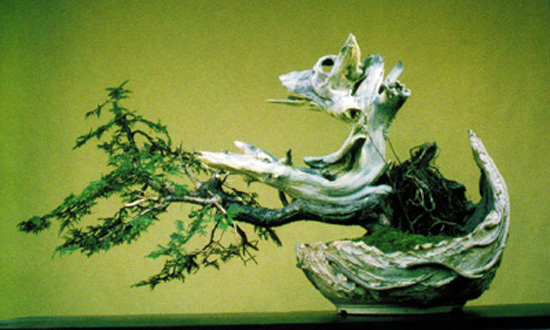
Down here in Austin, Tx, they call the native Juniperus ashei (Ashe Juniper) the “Mountain Cedar” or just Cedar Tree. We have Cedar Fever when everyone is allergic to the pollen, and even a town Cedar Park named after the “cedar choppers” that would create fence posts for ranches. When I call these trees junipers, everyone looks at me funny!
Is Nick Lenz’ cedar the same back and front, or has one of the photos been flipped?
Sometimes I think that if Nick Lenz is crazy, I wish it were contagious!
Wayne, you are correct there are a couple of other “cedars”……how about other north American species such as Thuja plicata, commonly called western or Pacific redcedar,[2] giant or western arborvitae,[2] giant cedar,[2] or shinglewood,[2] is a species of Thuja, an evergreen coniferous tree in the cypress family Cupressaceae native to western North America and Cupressus nootkatensis…even though it is not a cedar, it is also sometimes confusingly called “Nootka Cedar”, “Yellow Cedar”, “Alaska Cedar”, or “Alaska Yellow Cedar”. Its name derives from its discovery on the lands of a First Nation of Canada, those lands of the Nuu-chah-nulth people of Vancouver Island, British Columbia, who were formerly referred to as the Nootka.
Cheers Graham
Hi Graham,
Yes, agreed about plicata and others in the northwest (a tree wonderland)).
HI Steve,
Yeah, he’s a smart and talented guy, with just enough ‘crazy.’
Hi Ann,
Yeah. Looks like the same side of the tree, but interestingly, the pot markings look different in the two photos.